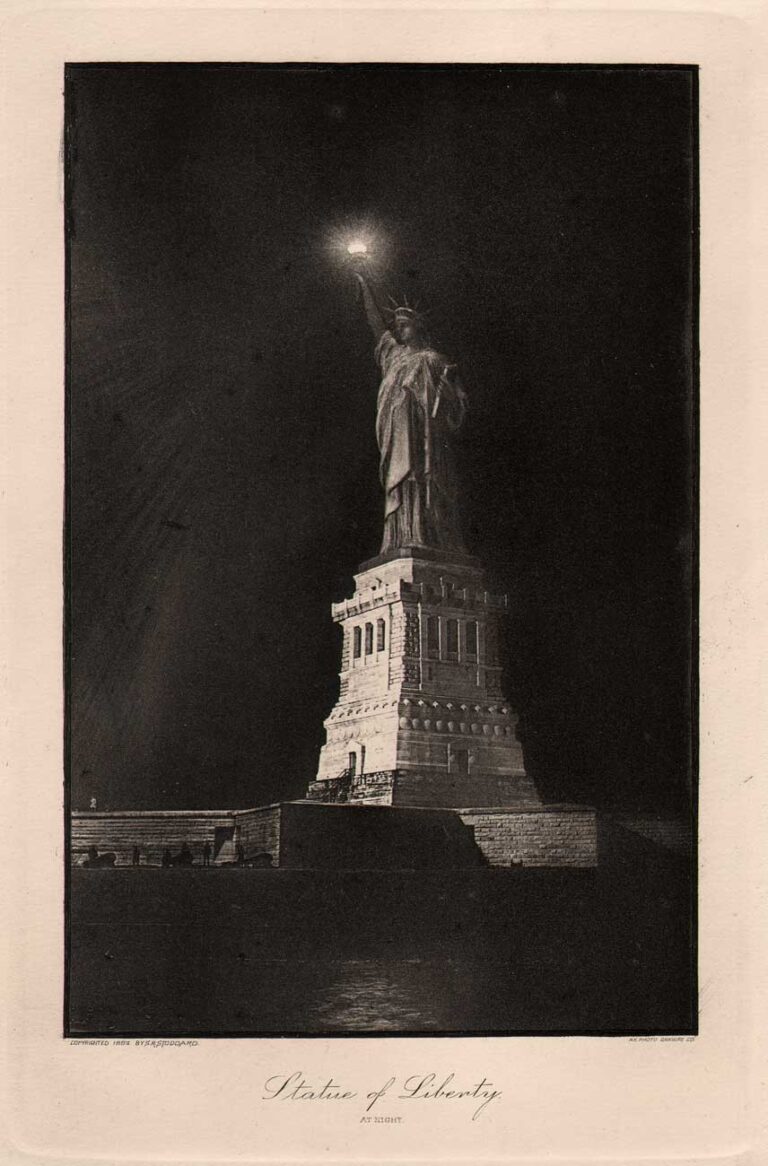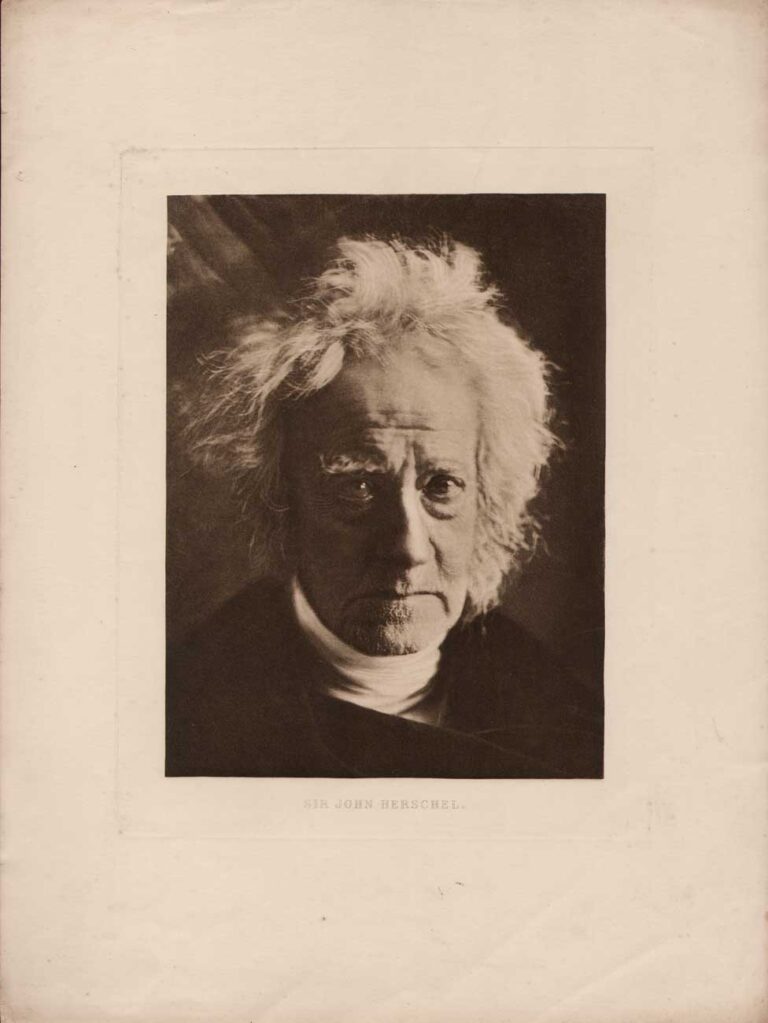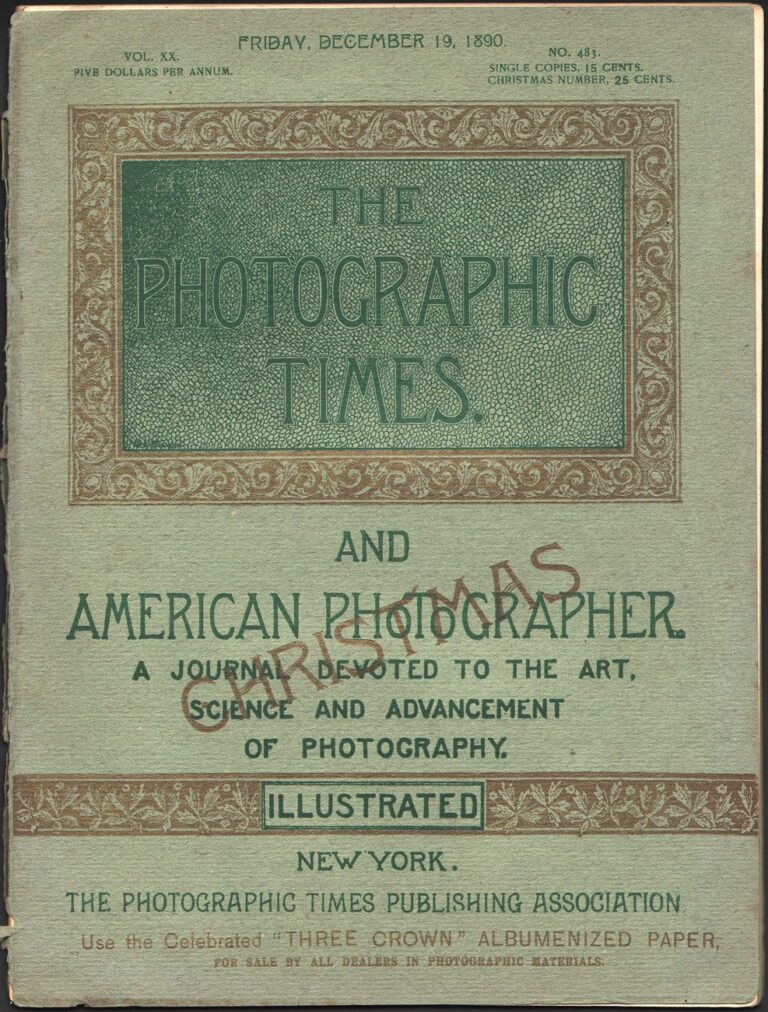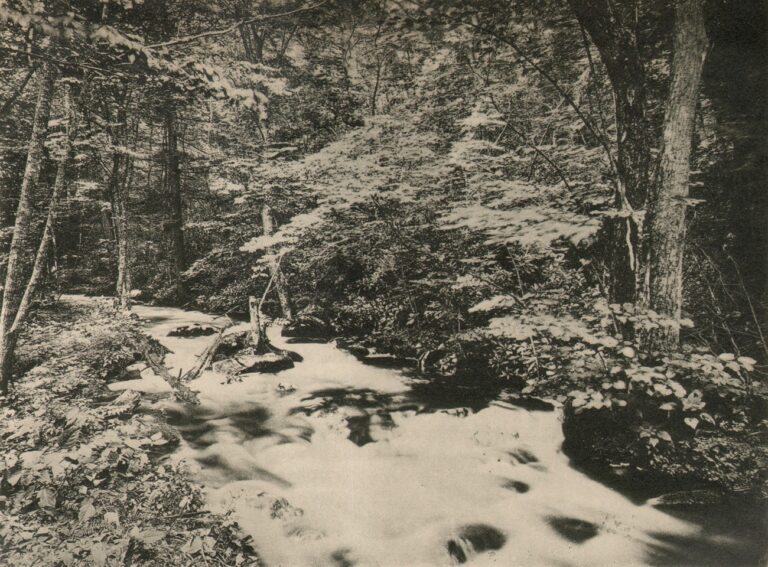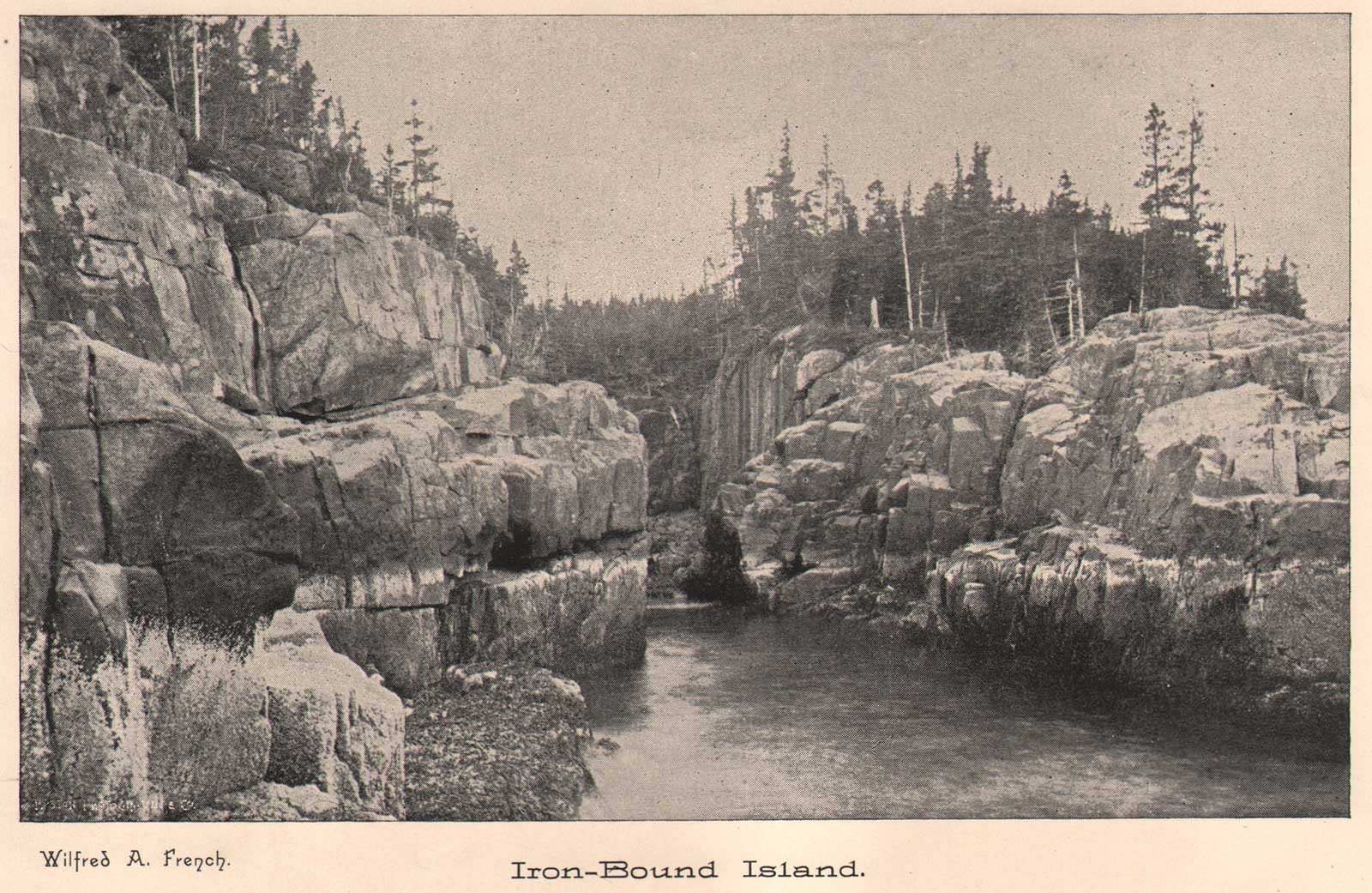
Iron-Bound Island
The following editorial comment for Iron-Bound Island appears in the April, 1890 issue:
Our Illustration.
DOUBTLESS many of our readers are familiar with the scenery of the Maine coast, which is remarkable for its rock-bound character. This is especially true of the coast in the vicinity of Mount Desert, where Mr. French’s negative of “Iron-Bound Island” was taken. We are fortunate in being able to give our readers such a striking and characteristic bit from “Down East.” To some it may recall the memory of pleasant summer days spent on the fairy island. To all it will serve as an example of careful photographic work. The Ives block was made by the Boston Photogravure Co., and the prints are from the Lewiston Journal press. (p. 121)
The following overview of Wilfred A. French on his retirement appeared in the September, 1902 issue of The Photographic Times-Bulletin. French was the adopted stepson of the important photographic dealer Benjamin French (1819-1900) of Boston, and he took over the business completely in the years preceding his father’s death on January 1, 1900:
Wilfred A. French, of the firm of Benjamin French & Co., of Boston, dealers in photographic materials, has retired from business.
In 1876, writes the Boston Globe, Mr. French went to Dresden, Germany, where he studied spectrum analysis and dioptrics at the Royal Polytechnic Institute, and, at the optical establishment of Voigtlaender & Son, Braunschweig, the construction and optical properties of photographic lenses.
In 1877 he devoted himself to the practical application of photographic lenses to every branch of the art science, including portraiture, landscape and photo-engraving. In this connection he visited the famous photographic studios of Lowy & Scolik, Vienna; Hanfstangl, Munich; Loscher & Petsch, Berlin; Eilender, Cologne; Reutlinger & Nadar, Paris; Van der Weyde, London, and La Fayette, Dublin.
In 1877 he returned to Boston, entering the business of Benj. French & Co. in June of the same year. In the early 80s, when dry plates came into use, he took up practical photography as a pastime and as an aid in the business, attaining considerable success; for in the course of 15 years he had won numerous honors, including gold and silver medals for artistic merit and technical excellence in photography.
He was also instrumental in organizing the Boston society of amateur photographers, which, when it moved into its present quarters in Bromfield street some years ago, was incorporated and assumed the name of the Boston Camera Club. His thorough practical knowledge of photography, which contributed not a little to his business success, has earned for him a national reputation as an authority on the subject of photographic lenses, and also in all matters photographic. (p. 431)
